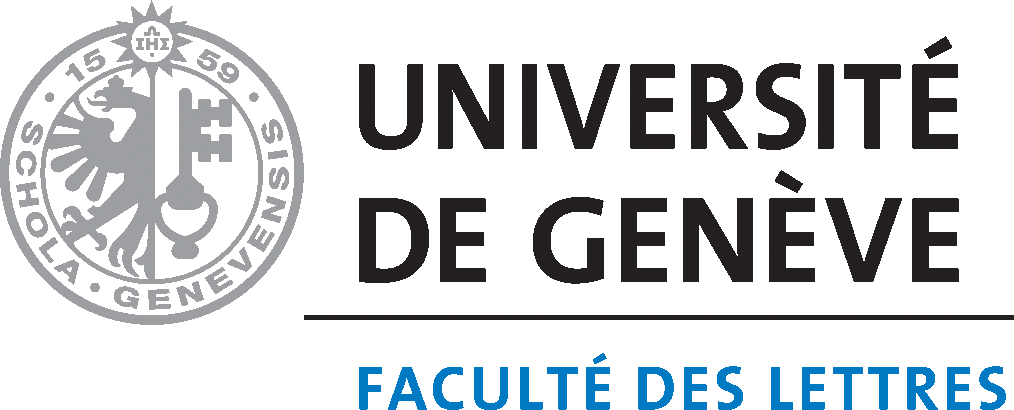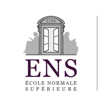Abstract
This study proposes to map the propagation of an alternative type of ionic capital invented by Michelangelo in 1563. We proceed to a comparative analysis of the new buildings erected in Rome from the invention of the new capital to the beginning of the 17th century, in order to highlight spatial and temporal correlations peculiar to its diffusion. The study of this issue allows to understand the perception of the capital that the next generation of roman architects developed, which is a less known aspect of Michelangelo's reception. Overall, it invites to shape the stylistic evolution of an architectural motif.
Recommended Citation
Vermot, Federica. "Cartographier l’essor d’un modèle : le chapiteau ionique de Michel-Ange de l’invention au début du XVIIe siècle." Artl@s Bulletin 8, no. 3 (2019): Article 1.
Included in
Ancient, Medieval, Renaissance and Baroque Art and Architecture Commons, Architectural History and Criticism Commons, Modern Art and Architecture Commons






